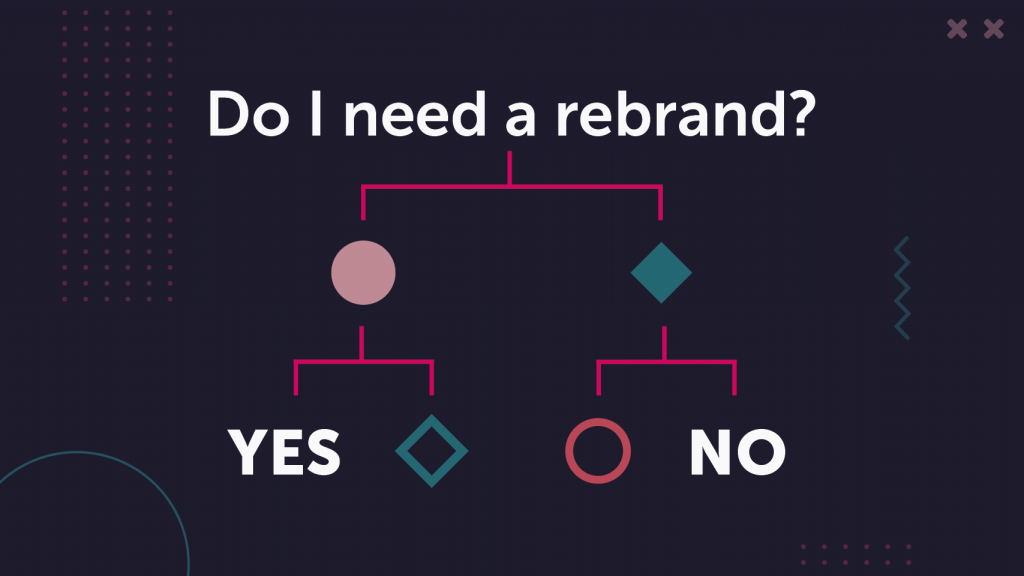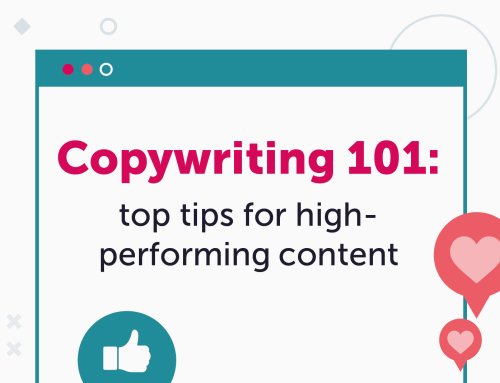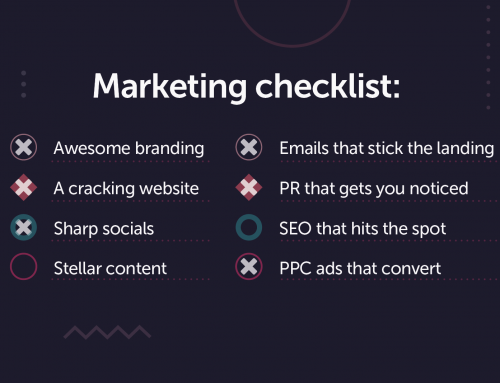
All brands go through cycles — it’s only natural.
Even the most recognisable brands in the world have changed over time, and many of them are a far cry from their original creations.
Take Nike as an example. When it was first founded in 1964, the company was known as Blue Ribbon Sports before switching to the present Nike name in 1971. Today, the branding often omits the Nike name altogether, using just the logo — the iconic Nike swoosh — and the tagline ‘Just Do It’.
And whilst most companies could only dream of having the kind of branding clout that Nike has, that doesn’t mean they can’t reinvent themselves. Change is good. Change allows you to grow.
Really, it’s not a question of if your company will need to rebrand; it’s a question of when.
But rebranding is a seriously time-consuming process — especially if you’re doing it all yourself — so it’s not as simple as saying ‘just do it’. And it’s certainly not something you should do every other month. Most established brands will undergo a major brand overhaul every seven to 10 years. So, you want to make sure you get it right.
Smaller, more frequent refreshes are also a good option if you don’t have the time or money to commit to a full-scale rebrand. You’d be surprised at the difference a few tweaks here and there can make to your overall brand.
Branding is personal for any business, so the best time to rebrand will always differ. But these are some of the telltale signs that mean a rebrand is absolutely necessary…
You’re embarrassed to share your website URL or hand out your business card.
This happens a lot at networking events and expos. (Remember them? Well, they’re back — so you better be ready.) That slightly awkward neck jerk as they hand over their business card, not quite meeting your eye. The disclaimer that follows about the website needing an update.
If you cringe a little every time you reach for your business card or direct people to your website, it’s definitely time for a rebrand. After all, if you’re not proud of your brand, why should potential customers have any confidence in it?
You’ve outgrown your brand.
Even the strongest brands have a shelf life. If the design looks like something straight out of a Mad Men episode, it’s probably time to change it up (unless you’re going for the 60s vibe, of course). Equally, what seemed like a great name 15 years ago may no longer represent what your brand is about today.
Your brand doesn’t even need to be particularly old to outgrow it. One well-known (understatement) search engine barely lasted a year as ‘BackRub’ before the founders changed it. Can you imagine saying, ‘Let me just BackRub it quickly?’
You don’t stand out from your competitors.
There’s a reason blue is the go-to colour for most financial or healthcare companies: it signifies trustworthiness. In contrast to red’s hint of danger, blue is calm, stable and reliable. But if EVERYONE is using the same colour palette, it makes it difficult to stand out — particularly in a crowded or niche industry.
Of course, branding goes beyond colour. If there’s nothing unique about your messaging, imagery or design, you’ll quickly blend into all the other companies out there offering similar services or products. And if you look like every other brand, what reason do customers have to choose you over competitors?
Your brand has become inconsistent.
Whenever a brand looks a bit all over the place, one thing comes to mind: they don’t have any brand guidelines in place.
As your company grows, chances are you’ll have multiple people working on your website, socials, blogs — any branded content or assets you can think of. Keeping a brand focused and consistent becomes increasingly challenging over time as more and more people get involved, especially if you don’t have a set of clear brand guidelines to refer to.
So, if you feel like your brand has veered off track, you’ll need a rebrand (or just a refresh, depending on how far you’ve gone off course) to get you back in line.
Your business model or strategy has changed.
It might be tempting to keep your brand the same after a change in strategy — yet, more often than not, your existing brand will be out of line with your new approach. This isn’t always the case, and you may be able to get away with a light refresh.
But if you’re looking to target new audiences, reach new markets or change the way you do things, a rebrand might be required to help you reposition your company.
You’re in the middle of a merger or acquisition.
When two (or three, four or five) become one, things are going to change. So, a merger or acquisition is always a surefire sign that it’s time to rebrand at some level. Most of the time, the different brands don’t sit well together, so a completely fresh solution is the only answer.
Brand architecture is particularly important. If customers have an existing relationship or positive association with the parent brand, they are much more likely to try one of its sub-brands, so there needs to be cohesiveness. But at the same time, the acquired sub-brand may have its own high value, such as a loyal customer base or stellar reputation. By folding the acquired brand into the parent company, you lose that value. A rebrand that brings together the assets and identities of both companies helps to prevent this.
You need to disassociate your brand from negative perceptions.
You know what they say. If it ain’t broke, don’t fix it; if it is broke, rebrand it. Okay, whilst that might not be a common saying, it should be.
Sometimes, a brand is so damaged that the best thing you can do is move on and make a fresh start. We’re not necessarily talking about dramatic career-ending scandals here (although it’s also true in those situations). These negative perceptions don’t have to be due to something the brand has done. And they don’t have to be about the whole brand — it could just be one product.
For example, skincare brand Sunday Riley decided to rename its popular Isis face oil in 2015 for obvious reasons. The brand hadn’t done anything wrong (the product had been called that long before it became an issue), but the change showed it was listening to its audience and in touch with what was going on outside the brand’s bubble.
So, how do you go about rebranding?
Whether it’s a minor refresh or a total overhaul, rebranding your company can make a big difference — helping you reach new audiences, stand out in competitive markets and, ultimately, increase sales.
But how do you rebrand?
These are the five basic steps to follow when looking to update your business’ look and feel:
1. Audit your current brand — identify what’s working and what’s a bit crap and could do with a rethink.
2. Do some research on your competitors — what do they do well, and what could you do even better? Think about your audience and what resonates with them, too.
3. Create a clear set of brand guidelines that cover everything from your name, key messages and tone of voice to the proper use of your logo, colour palettes and typography. Without these guidelines, things can get messy.
4. Make a list of all your marketing materials and prioritise what needs looking at first. Always start with your website, but if you’re attending or hosting an event soon, you may need to move your business cards and brochure up the list, too.
5. Use your new brand guidelines to revamp your visual assets and update all your marketing materials, including your logo, colour scheme and website.
At Hyped Marketing, we can work with you to tidy up your brand, looking at logo design and development, typography, colour palettes, hero imagery, straplines and messaging to create a distinct and memorable personality for your business. We can also build a comprehensive brand marketing strategy, complete with a set of guidelines to ensure things always stay consistent — no matter who’s working on your marketing.










